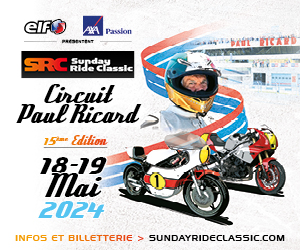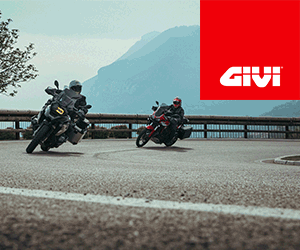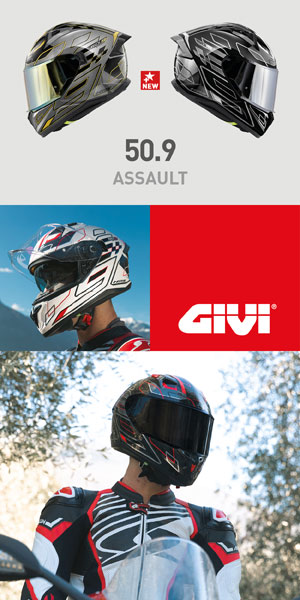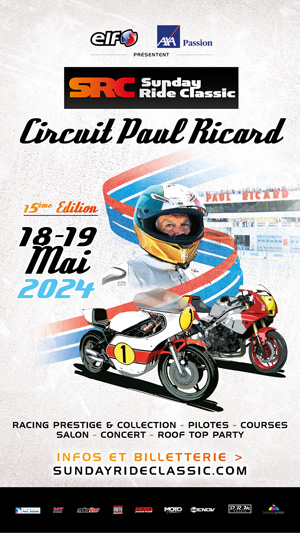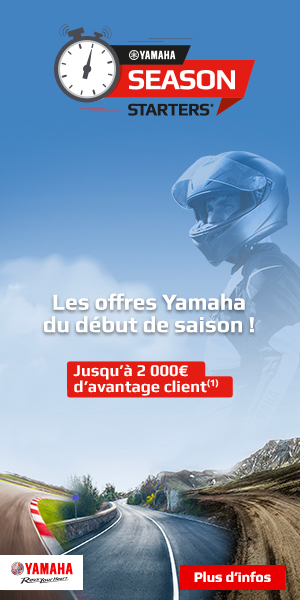During the “winter” MotoGP tests in Jerez, we noticed that Ducati was experimenting with two new processes on its 2019 prototypes.
The first, “very simple”, is made up of 2 side fins attached to the rear seat backrest. Poorly finished and apparently quite fragile (the elements seem cracked), their aim was to provide aerodynamic support on the rear of the bike to try to gain a little braking at the end of the straight line.


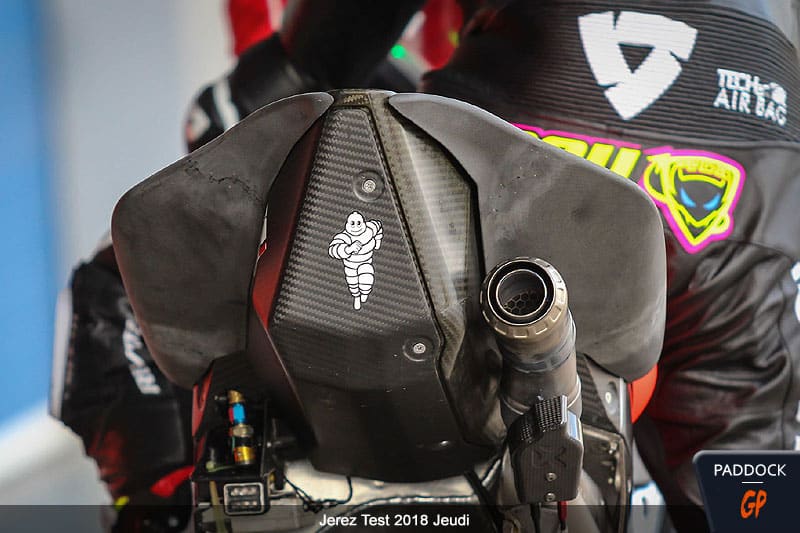
Effective or not, no one says, but this purely aerodynamic attempt seems a priori somewhat strange in the sense that, if it works when braking, it will also promote wheelies when accelerating, the current dread of all MotoGP engineers. ...However, he would be naive and insult Ducati and Gigi Dall'Igna to believe that they don't know what they are doing!
Alvaro Bautista, Andrea Dovizioso et Danilo Petrucci tried this bodybuilder saddle, and the latter declared: “In the end we took it out because, although the braking was perhaps a little better, it was causing me difficulty staying at the apex in the faster corners.”
More interesting seems the aluminum bar seen under the motorcyclesAlvaro Bautista et Jack Miller before being also tried by Danilo Petrucci et Andrea Dovizioso (even if the latter did not recognize it).
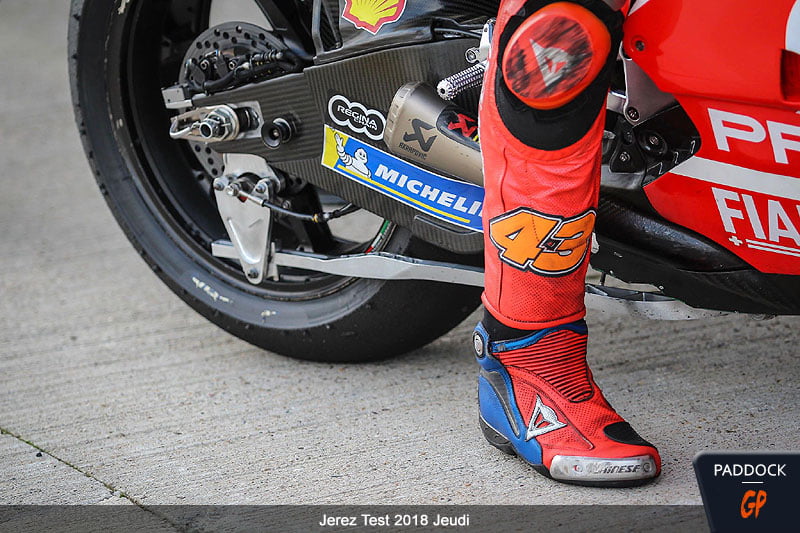
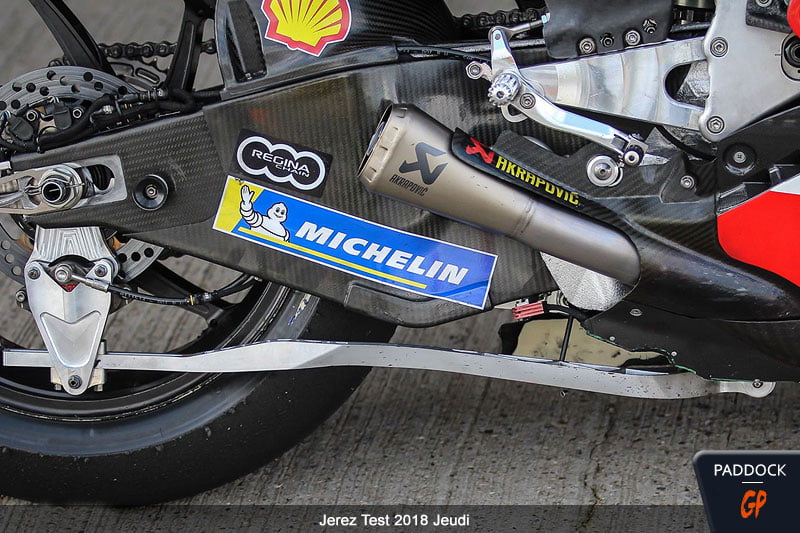
Facts :
This solid-machined bar is attached to a central support at the front and to a rear plate under the brake caliper. The bar appears to be adjustable in length. Despite the rear attachment point being offset further from the wheel axis than the caliper, the bar is far from forming a parallelogram, its front attachment point being much further from the axis of the swinging arm.
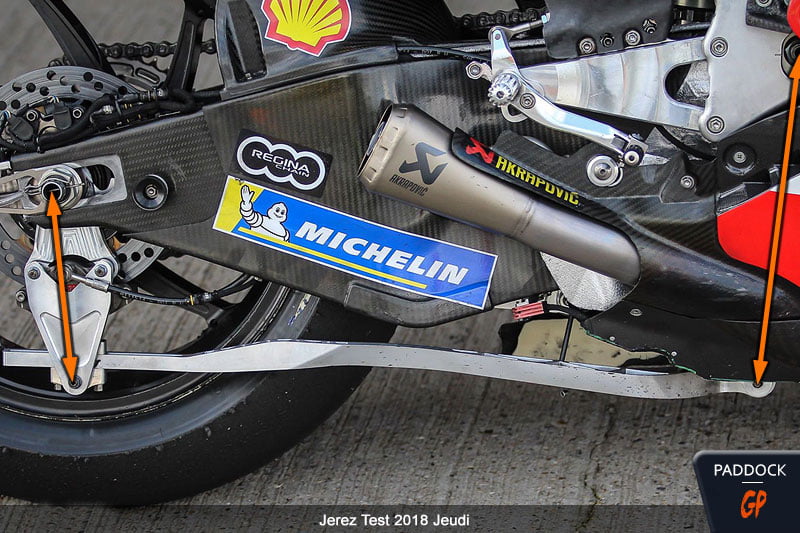
The central fixation (and therefore the offset shape of the bar) seems imposed by the Ducati frame which stops a little below the axis of the swinging arm and by the presence of the front exhaust which passes perpendicular to the axis of the motorcycle just before the suspension link (behind the heat protection), before folding on the right side: impossible to hang directly on the engine!
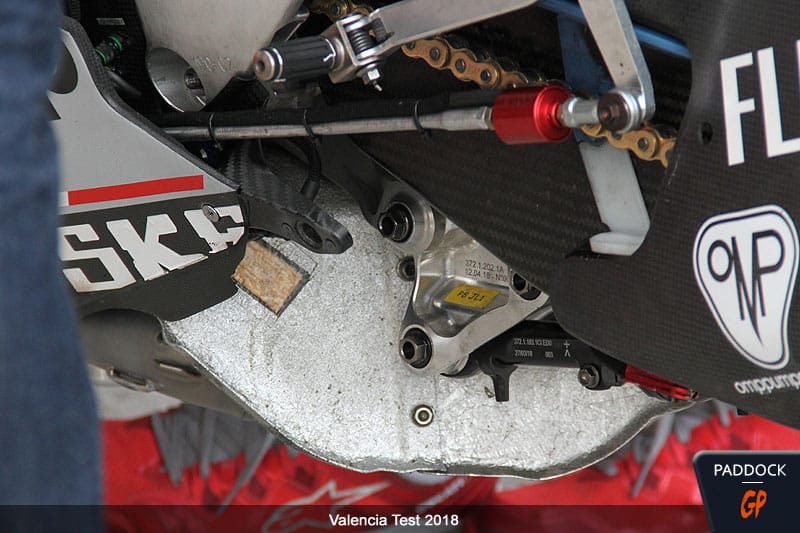
However, the available photos unfortunately do not allow us to determine with certainty what it is because, depending on whether the bar is attached to a fixed point or to the suspension link (link), the effect could be completely different.
Jack Miller et Danilo Petrucci achieved their best time equipped with this system.



1/ First hypothesis : it is “only” a resumption of the parallelogram system that appeared 70 years ago in racing, and very fashionable on production motorcycles of the 70s and 80s, which consisted of connecting the rear brake to the frame to prevent the rear suspension from crashing when applying the rear brake (anti-squat), above all to avoid dribbling of the rear wheel.
About the Jack Miller at the end of the test go in this direction: “It seems to make the bike more stable when you apply the rear brake, but it will take some time to really develop it because at the moment it is in its early stages.”
A simple anti-squat system as old as time to save a little when braking?
Hmm…
Today, braking has the paradoxical particularity of being used in many driving areas... except for braking! (remember that Marc Marquez uses your rear brake 80% of the time on a lap).
When braking at the end of a straight line, the power of the front brake induces a load transfer which relieves the rear which then generally sweeps the track with zero or almost zero grip. We can try to brake with the rear brake a fraction of a second before the front brake to delay the phenomenon, but the photos are clear: in the end, the rear brake is not used much in this phase, even if it always tends to compress the rear suspension...

Then, upon entering a corner, the rear brake is used to help reach the apex before being used again once the bike has straightened out to counter the tendency to wheelie.
In the case of a system which allows the rear of the motorcycle not to crash when the rear brake is engaged, there would perhaps be a "bit" of stability to be gained during braking itself at the end of the process. straight line (we're not even talking about deceleration, but above all about reducing dribbling), but perhaps also try to gain acceleration by countering the tendency to wheelie before the electronics intervene by reducing engine power...
So perhaps this is what we witnessed in Jerez: the bringing up to date of an old system that was once abandoned to meet specific, completely current needs...
2/ Second hypothesis: The bar is fixed to the suspension (probable).
This is a solution already seen, for example, on the ELF is not a verified statement but a simple hypothesis on our part, that the main objective of the system would remain the same as in the previous hypothesis, in a more evolved version. That is to say an improved, adjustable, and almost “active” version of the parallelogram to combat dribbling and, possibly, try to delay the tendency to wheelie without significantly deteriorating motor skills.

We also noted the use of optical sensors, some already known, others not, which will be the subject of a specific article.
In any case, we once again salute the inventiveness and research of Gigi Dall'Igna and Ducati!
To be continued…














